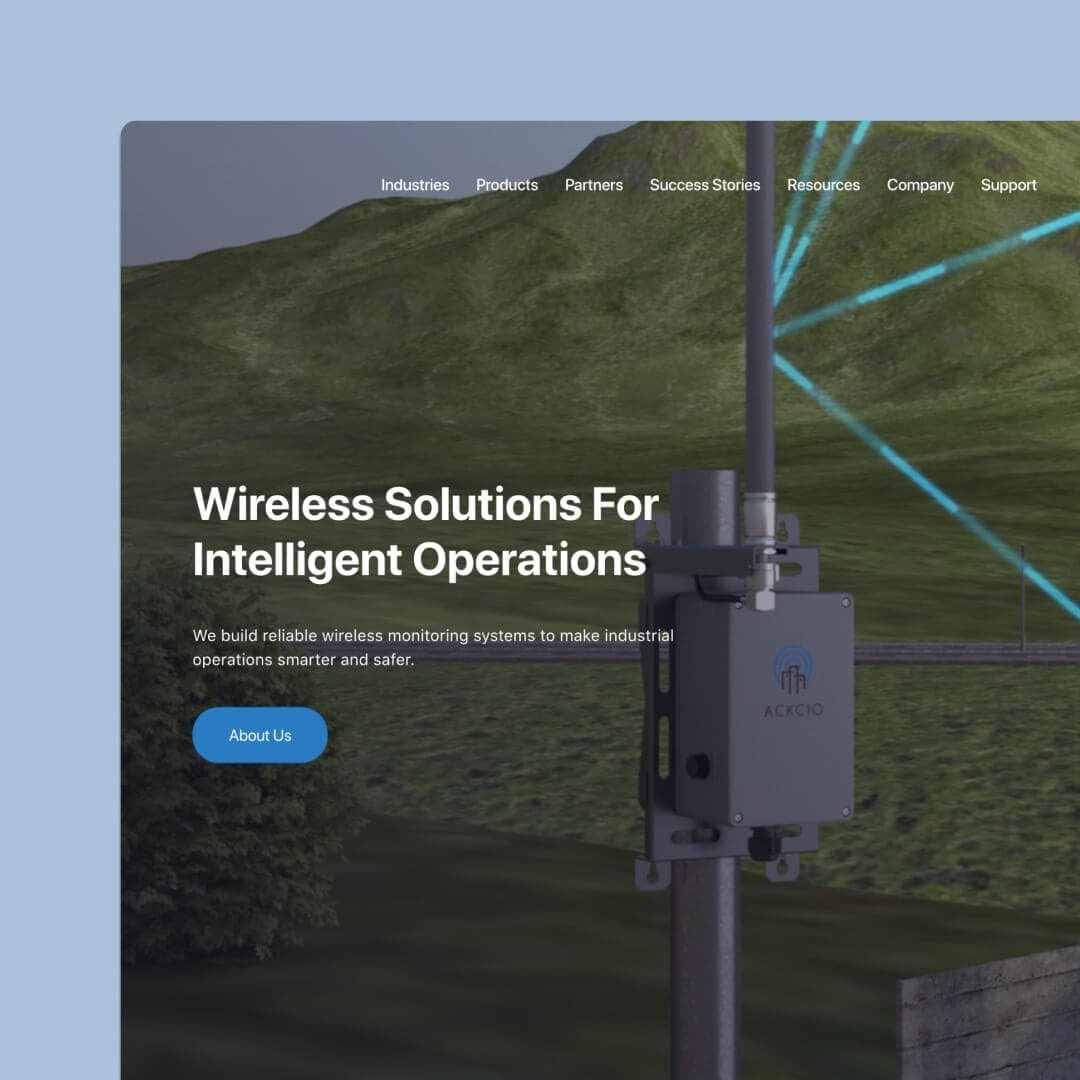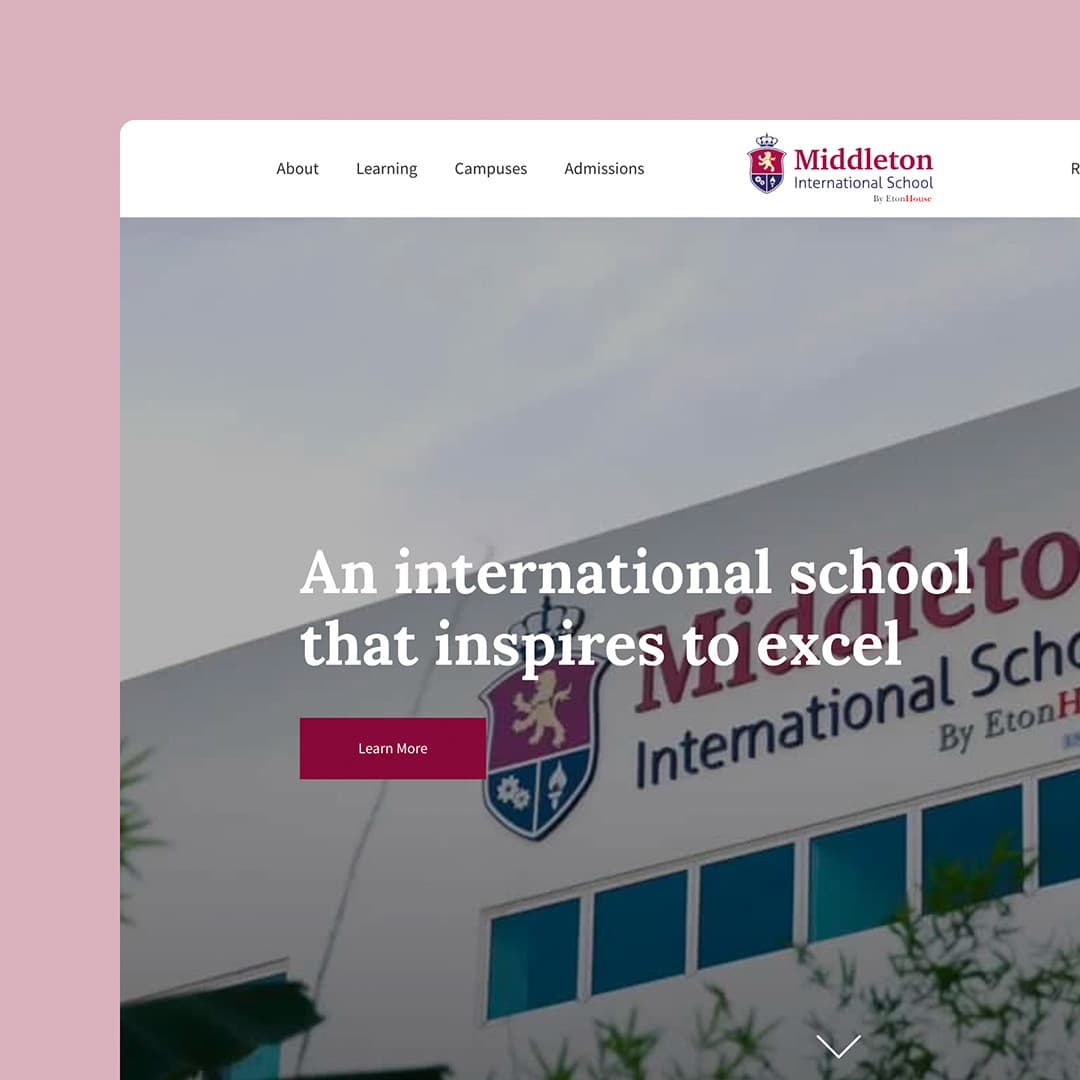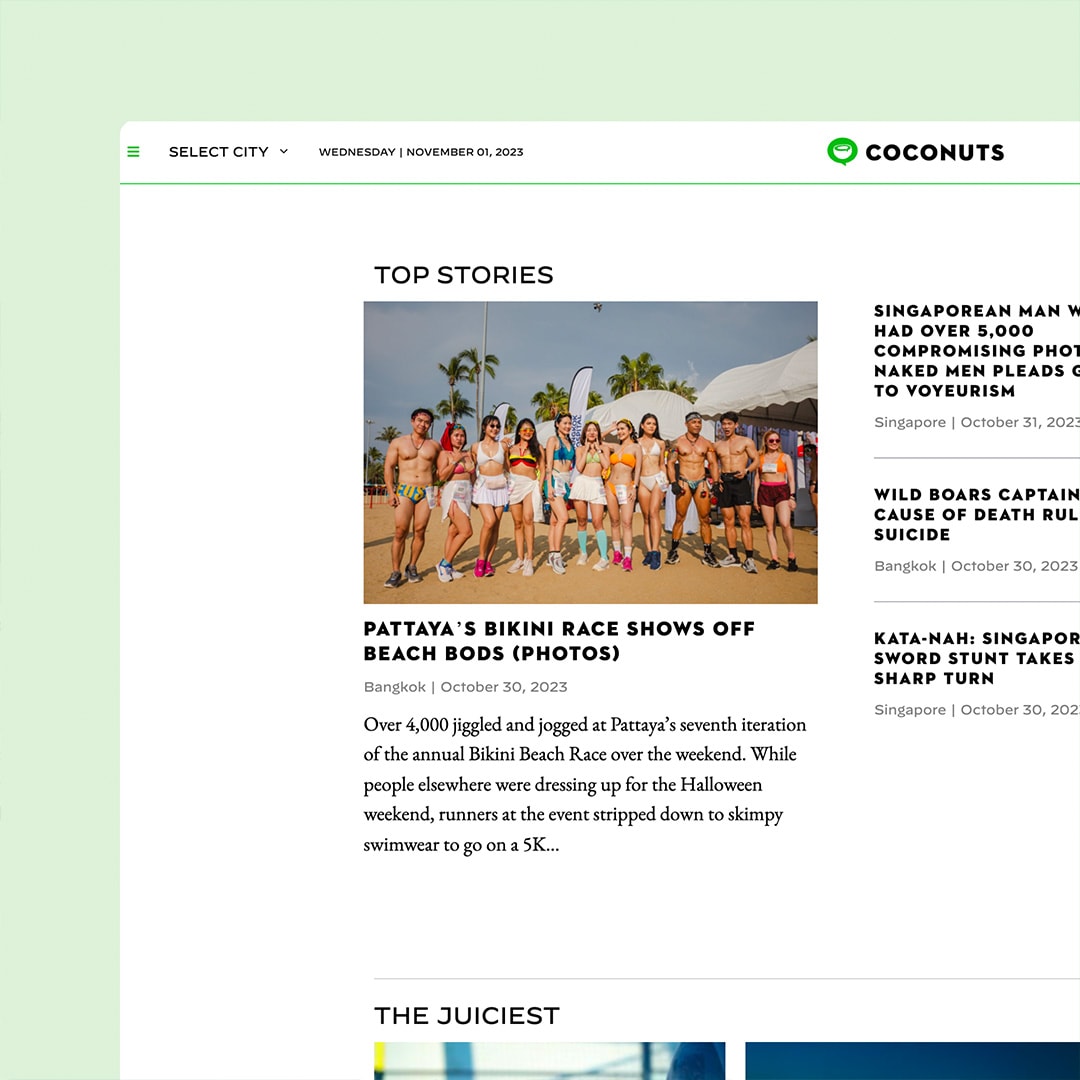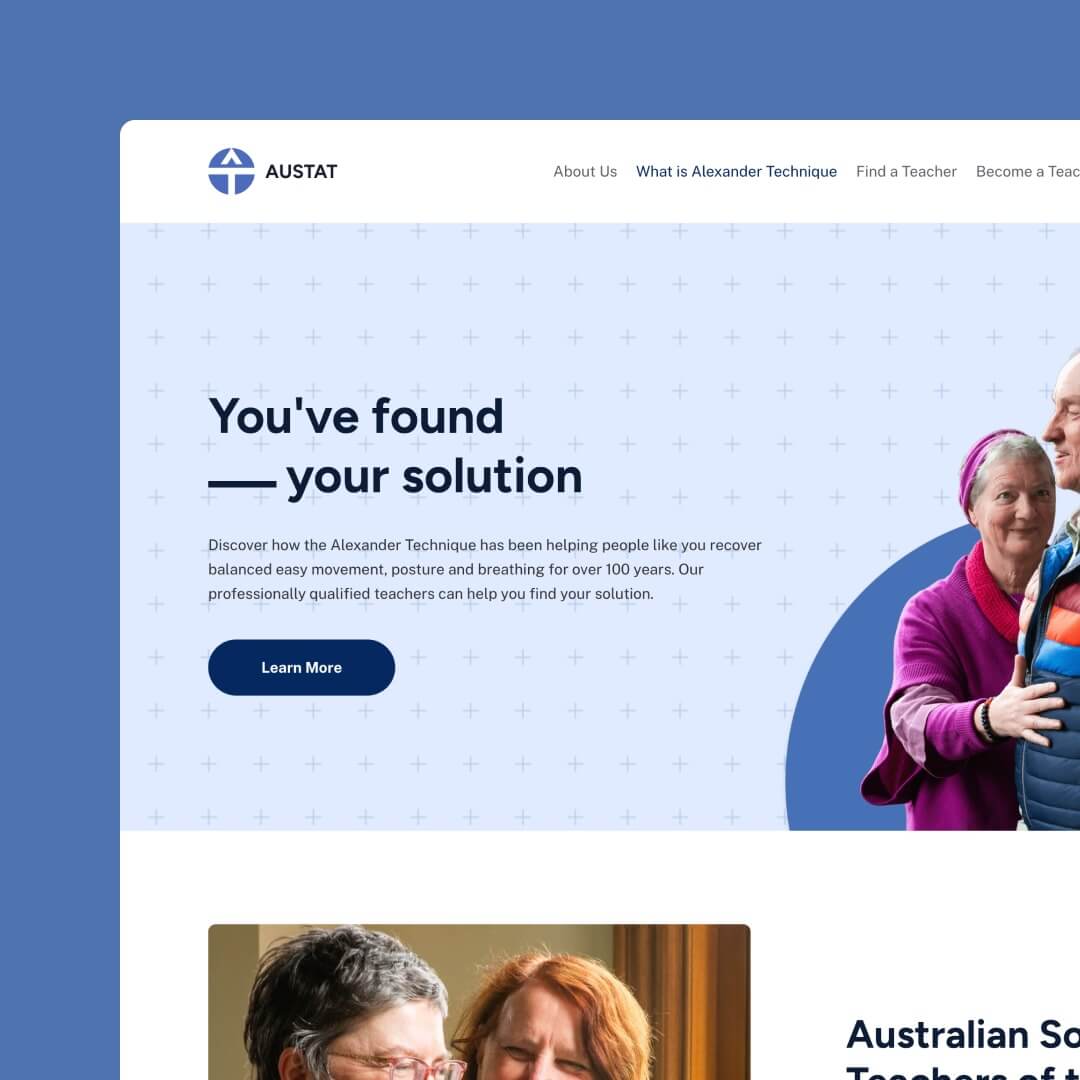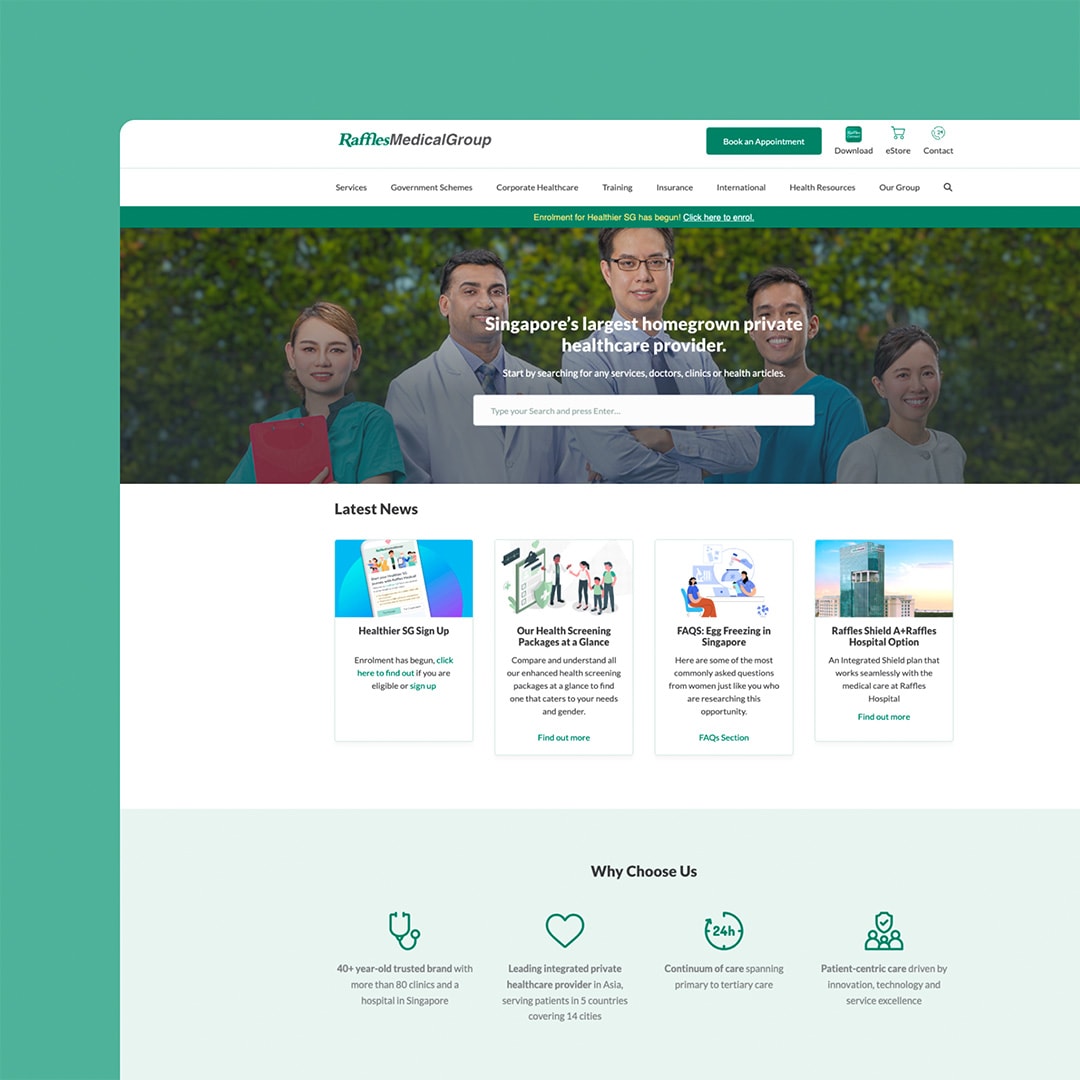
You’ve embarked on the exciting journey of creating a website, and naturally, one of the first questions on your mind is, “How long does it take to design a website?” It’s a common query, especially if you’re eager to launch your online presence.
Designing a business website takes 2 to 4 weeks, depending on the complexity, timely feedback, and specific project requirements. The whole process of website design and development takes 6-12 weeks.
In this article, we’ll delve deeper into the factors that influence the time it takes to design a website, from its complexity to the designer’s skills. By the end, you’ll have a comprehensive understanding of the website design process and what to expect regarding the timeline.
Table of Contents
A Detailed Explanation of Website Design Duration
Complexity of the Website
The complexity of your website is one of the most significant factors in determining how long the design process will take. A standard service-based business website with a few pages, stock photography, and text will naturally take less time than an e-commerce site with hundreds of product listings, interactive features, and a product photoshoot.
Skill and Experience of the Designer
The proficiency of the designer or design team you’re working with can also greatly influence the timeline. Experienced designers and agencies often have streamlined processes and can anticipate potential challenges, leading to faster turnaround times. On the other hand, less experienced designers and freelancers, while potentially more affordable, might take longer as they navigate the design process.
Feedback and Revisions
Another crucial factor is the feedback loop. How quickly you, as the client, provide feedback and how many revisions are required can extend or shorten the design timeline. Clear communication between you and the designer must ensure the project stays on track. At Chillybin, we typically include two to three rounds of revisions and expect feedback within a few days of receiving each design draft.
External Factors
Sometimes, unforeseen circumstances or external factors can play a role. This includes waiting for third-party assets, integrating with other systems, or even changes in project scope. It’s always good to factor in some buffer time for unexpected delays.
Here’s everything else you need to know to get a clearer picture of the website design timeline.
Key Components That Influence Website Design Time
Content Creation and Gathering
Before the design process even begins, there’s the task of content creation and gathering. Do you have the content ready, or will it be created alongside the design? Content creation can add several weeks to the timeline if you’re starting from scratch. This includes writing copy, sourcing or creating images, videos, and other multimedia elements. A tip here is to start content creation early, even before you engage with a designer. Having content ready can significantly speed up the design phase.
Integration with Other Systems
If your website needs to integrate with other systems, such as customer relationship management (CRM) tools, payment gateways, or email marketing platforms, this can add complexity and time. Each integration requires careful planning, testing, and troubleshooting to ensure seamless functionality. For instance, an e-commerce website might need to integrate with inventory management software. This process involves ensuring that product listings, stock levels, and prices are consistently updated and accurate, which can be time-consuming.
Mobile Responsiveness and Browser Compatibility
Ensuring your website looks and functions well on various devices and browsers is crucial. This means designing for mobile responsiveness, which can add to the design time. Designers must ensure the website layout, images, and functionalities adapt and look good on desktops, tablets, and mobile phones. Testing the website on Chrome, Firefox, Safari, and Edge is essential to ensure a consistent user experience. Remember, a website that isn’t mobile-friendly can negatively impact your SEO rankings and user engagement, so it’s worth the extra time invested.
With these components in mind, it becomes evident that website design is not just about aesthetics; it’s a comprehensive process that ensures functionality, user experience, and compatibility.
User Experience (UX) and User Interface (UI) Design
The Importance of UX/UI
User Experience (UX) and User Interface (UI) are pivotal in the website design. UX focuses on the overall feel of the experience and how users interact with the website, while UI is about the look and layout. A well-thought-out UX/UI can distinguish between a user staying on your site or leaving prematurely. Investing time in this phase ensures that your website is visually appealing and user-friendly.
Iterative Testing
An essential part of UX/UI design is iterative testing. This involves creating prototypes or mock-ups of the website and testing them with real users. Their feedback can provide invaluable insights into areas of improvement. Each testing phase might lead to design tweaks and changes, adding to the overall design time. However, this iterative process ensures that the final product aligns closely with user needs and expectations.
Tools and Software
The UX/UI design tools and software can also influence time. Modern design tools like Figma, Adobe XD, and Sketch have features that streamline the design process, but there’s still a learning curve associated with each.
We build stunning, user-focused websites that will wow your customers.
Are you a business owner in Brisbane or South East QLD? Chillybin’s Brisbane team work hand in hand with businesses just like yours to deliver beautiful and functional websites.
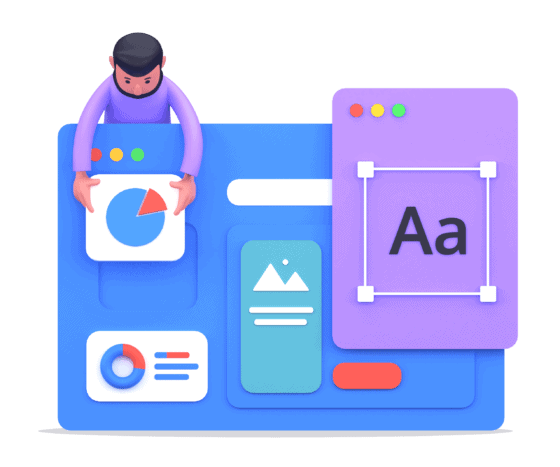
SEO and Website Optimisation
The Role of SEO
Search Engine Optimisation (SEO) ensures your website ranks well on search engines. While primarily seen as a post-design activity, SEO considerations should be integrated during the design phase. This includes optimizing images, ensuring fast load times, and structuring content for SEO. Ignoring these during the design phase can lead to more work later on.
Mobile Optimisation
As mentioned earlier, mobile responsiveness is crucial. It’s also a significant part of SEO. Google, for instance, places a lot of emphasis on mobile-first indexing. This means that the mobile version of your website is the one that gets ranked. Ensuring that your website is mobile-optimized during the design phase can save a lot of SEO headaches down the line.
Keywords and Content
While content creation is a separate phase, integrating SEO keywords into the content during the design phase is essential. This involves researching relevant keywords and ensuring they’re naturally incorporated into the website’s copy, meta descriptions, and alt tags.
Website Security and Compliance
Protecting User Data
With increasing concerns about data breaches and privacy, ensuring your website is secure is paramount. This involves setting up SSL certificates, ensuring data encryption, and regularly updating and patching any software or plugins used. While some of these activities are ongoing, considering them during the design phase can prevent future vulnerabilities.
GDPR and Other Regulations
If you’re catering to users in the European Union, you need to be GDPR compliant. This means having precise data collection and usage policies and ensuring user consent. Other regions might have regulations, and awareness of these during the design phase can prevent legal complications later.
Regular Backups and Maintenance
While this is more of a post-launch activity, setting up systems for regular backups and maintenance during the design phase can ensure your website’s longevity and security. This might involve choosing a reliable hosting provider, purchasing a WordPress Maintenance package, and ensuring easy restoration processes.
Understanding these facets of website design provides a clearer picture of why the process can be time-consuming. It’s not just about creating a visually appealing site; it’s about ensuring functionality, user satisfaction, and security.
How Long Does It Take to Design a Website? – Final Thoughts
By now, you’ve gained a comprehensive understanding of the multifaceted nature of website design. It’s not merely about picking colours and fonts; it’s a holistic process encompassing user experience, SEO optimisation, security measures, and more. While the timeline for designing a website can vary based on numerous factors, it’s essential to remember that quality and thoroughness are paramount.
Your website is often the first impression potential clients or customers have of your brand. So, take your time, invest in the process, and remember that a well-designed website is worth the wait. With patience and dedication, you’ll have a site that looks great and serves its purpose effectively and securely.
When ready to take the next step, contact Chillybin for a world-class website design.
You may also like…

Our expertise
Website Design
We mix creativity with UX thinking to design interfaces that feel seamless. Always responsive, always built around outcomes — leads, engagement, conversion.




